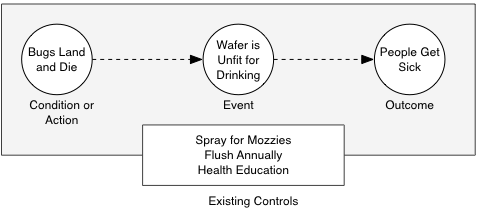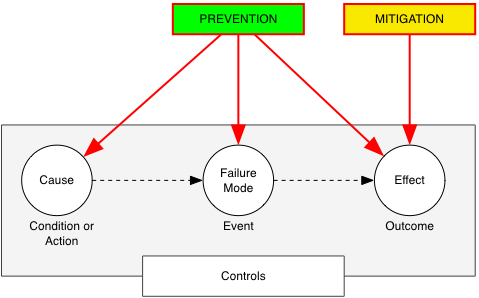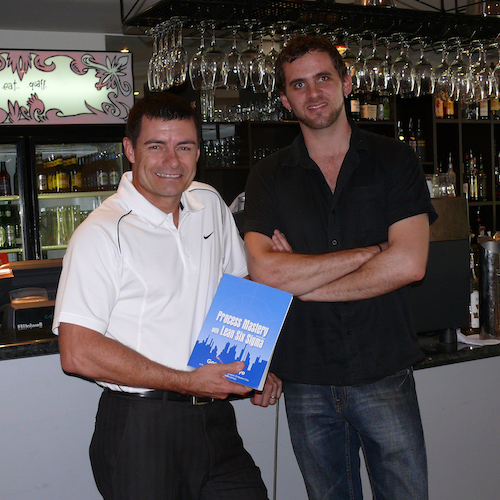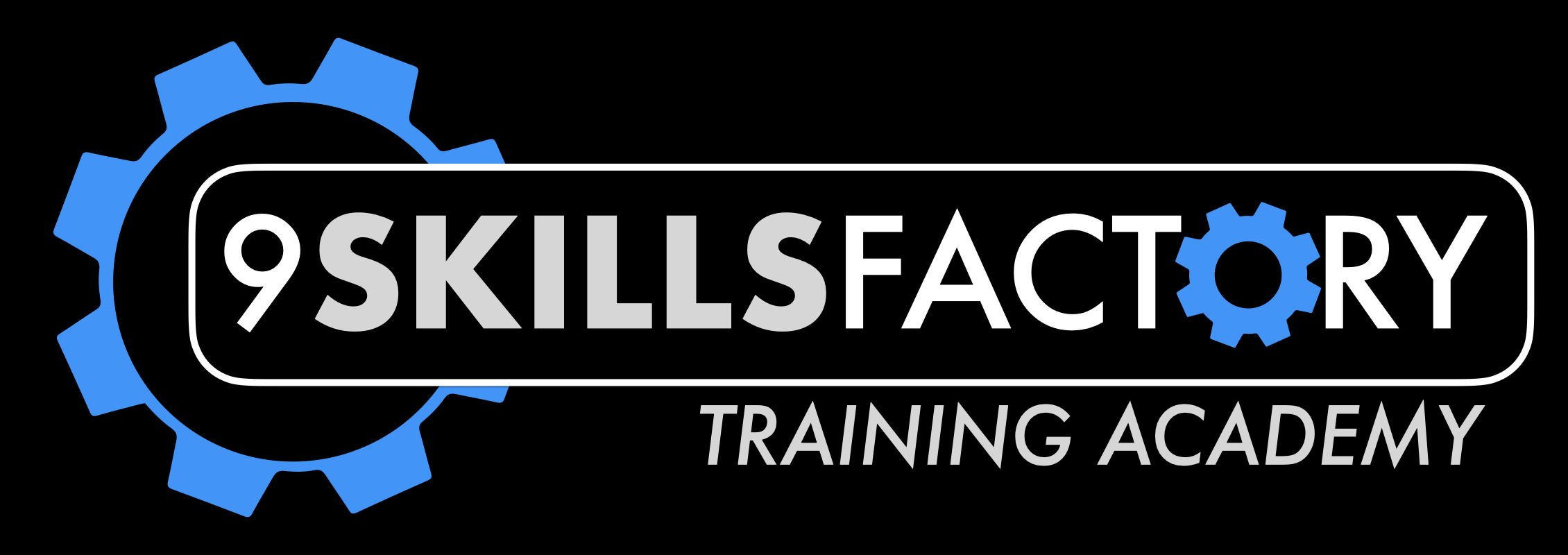For those of you using Failure Mode Effect Analysis (aka FMEA) in your improvement work, I want to point out something could just possibly make your work here way more effective.
FMEA is only as good as the improvement you make because of it!
So it stands to reason that your FMEA is only as good as the solutions you produce through that analysis and actually implement.
Let’s assume that your process for analysing failure modes is fantastic.
What I want to do is focus on the solution end of the FMEA process and help you to enhance the quality of the questions you ask to identify how you will treat the failure modes you have identified and chosen to work on.
A quick FMEA review.
First we must be clear on how FMEA works, and I want to do that by describing it through a metaphor.
Imagine for a moment that an event occurs, say the event is this – tank water has become unfit for drinking in some supply system.
This event is caused by a specific condition – bugs land and die in the tank water and contaminate it.
The outcome of this – people who drink the water get sick.
All of this takes place within an existing control environment that might be something like this.
(a) We spray for mozzies once each month
(b) Water is replaced every year
(c) People are taught to wash their hands, there’s some education program in place around personal hygiene
We might visualise the scenario I just described like this.
Obviously the best form of treatment is prevention and the second best is some form of mitigation.
We would prefer to prevent it rather than deal with it after it’s occurred. We can visualise how prevention and mitigation interact with the model in this way.
This gives us the clues we need to develop the most effective question set when treating the problem, and leads us to ask 4 questions in the sequence shown.
Q1. How do we prevent the actions or conditions that cause the event from taking place?
Q2. How do we prevent the event occurring?
Q3. How do we prevent the effect of the event?
Q4. If the effect took place, how do we mitigate it’s impact?
Here are some examples of how these questions work.
Notice that each one of these questions results in a slightly different form of treatment.
Q1. How do we prevent the action or conditions that cause the event from taking place (the bugs)? We might …
- close the tank opening,
- fit fine gauze to openings,
- enclose the tank in a bubble,
napalm all bugs,
- empty the tank of water …
Q2. How do we prevent the event occurring (unfit for drinking)? We might …
- flush the water frequently,
- nominate it as drinking water for cows,
- chlorinate the tank regularly …
Q3. How do we prevent the effect of the event (people getting sick)? We could …
- stop people from drinking the water,
- immunise people against illness,
- let people keep drinking it until they genetically evolve for drinking contaminated water,
- erect a nuclear waste sign at the tank,
enforce the use of water purifying tablets,
- only give it to SAS soldiers (too tough to get sick),
- serve it at the next local politicians’ meeting (now we get something done) …
Q4. If the effect took place, how do we mitigate it’s effect / impact? Its possible that we could …
- insure against claims,
- appoint a 24 hour rapid response team,
- put people through an SAS toughening up course (I’m serious),
- only allow drinking on days off …
I think you get what I’m talking about.
Let me leave you with one thought:
"If you choose to be brilliant in anything, be brilliant in how you ask questions."




